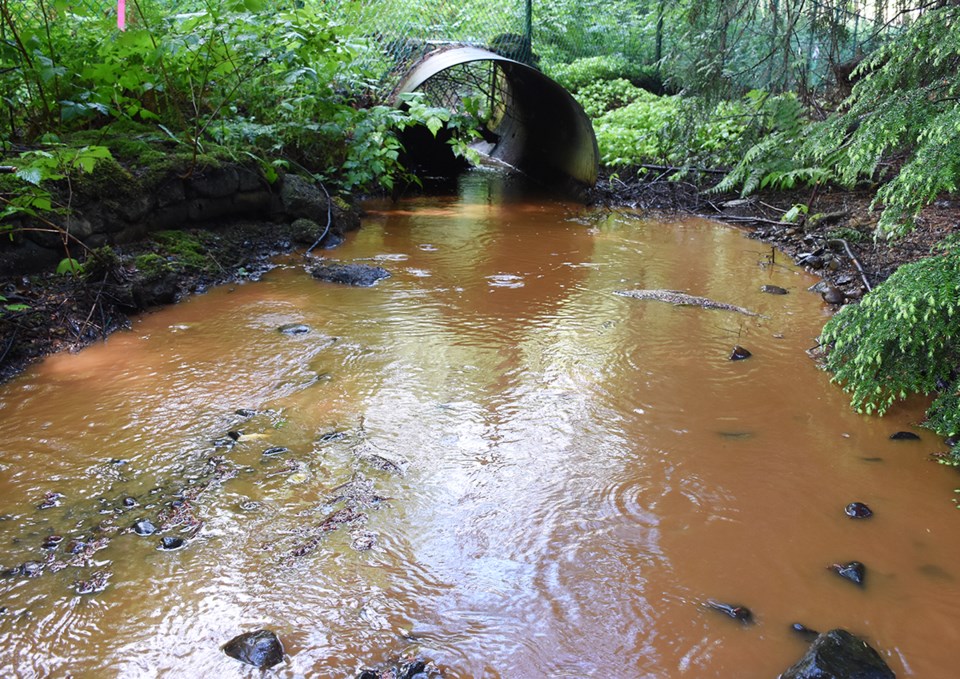He said Trans Mountain’s recent excavation work on the property and lack of sediment filtration was to blame.
Trans Mountain, however, said their tests found the sediment originated upstream from its facility ``and is unrelated to activity on our site.``
On Wednesday, Preissl contacted the National Energy Board, the City of Burnaby, B.C.’s Environment Ministry and Fisheries and Oceans Canada (FOC).
A city staff member came to the mountain and took a water sample, he said.
That test came back clean, the city's deputy director of engineering, James Lota, said.
Preissl believes there was too long of a delay between when he reported the sediment issue and when the water sample was takenThe Now has asked for comment from FOC and the NEB.
In April, the NEB found that Trans Mountain neglected safeguards against construction runoff into a Silver Creek tributary. Both federal and provincial regulators investigated complaints from Preissl, but the water samples they took did not find elevated sediment levels.
Preissl believes that test also came back negative because it was not done when sediment levels were at their peak.



